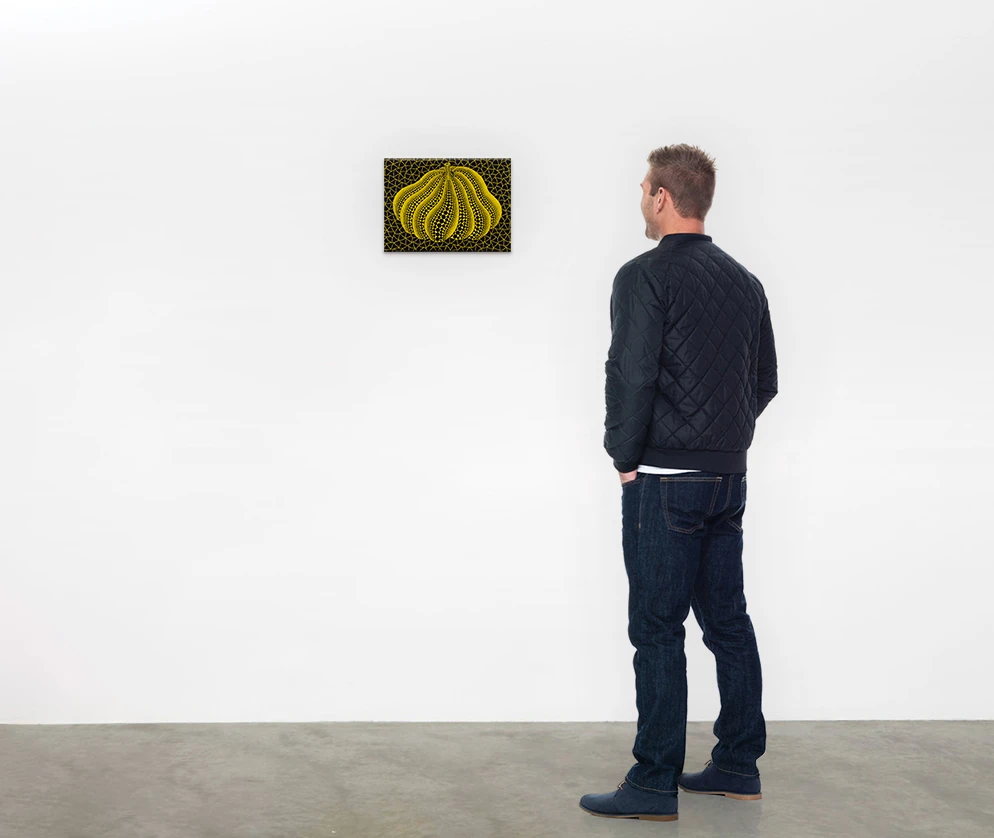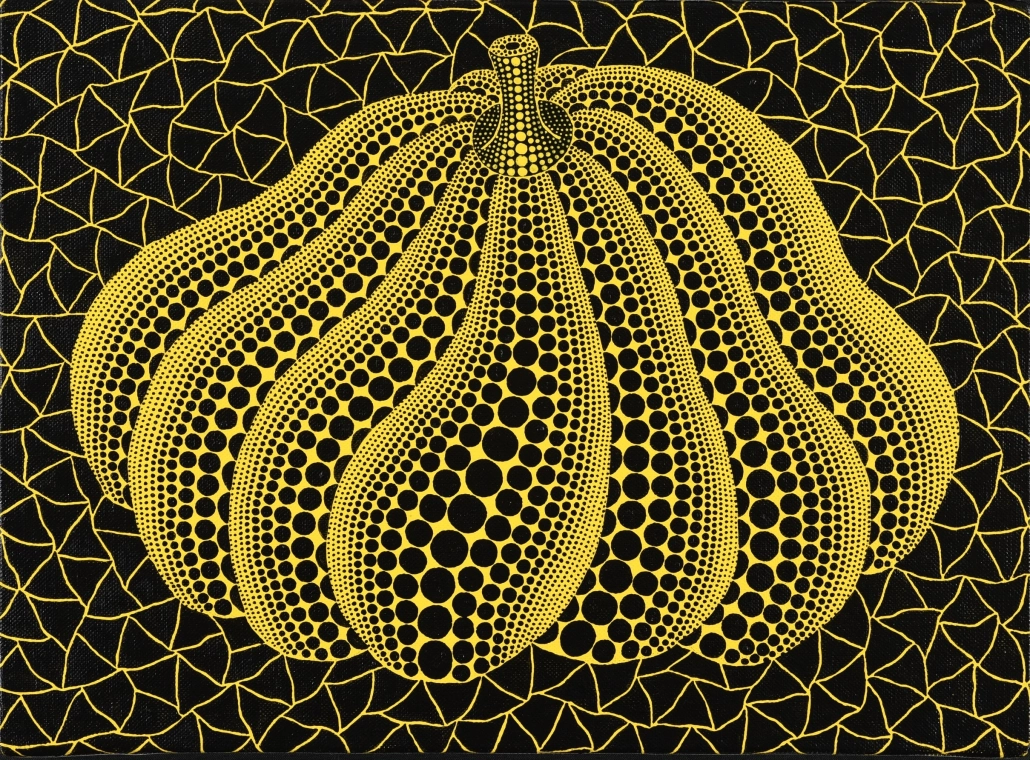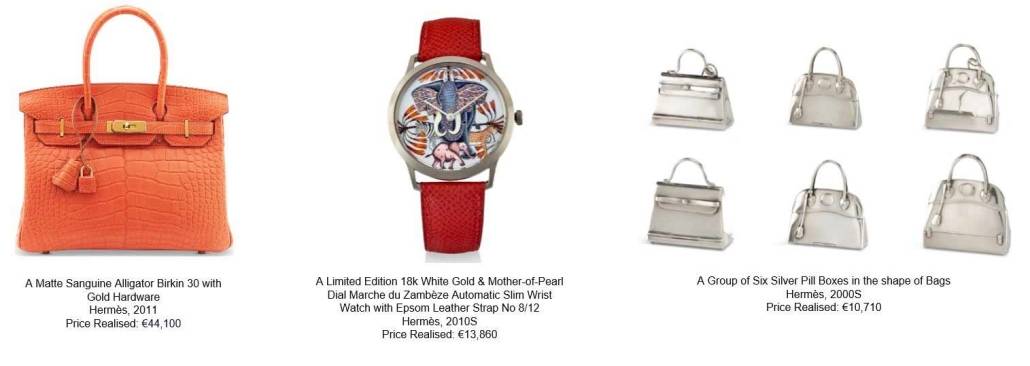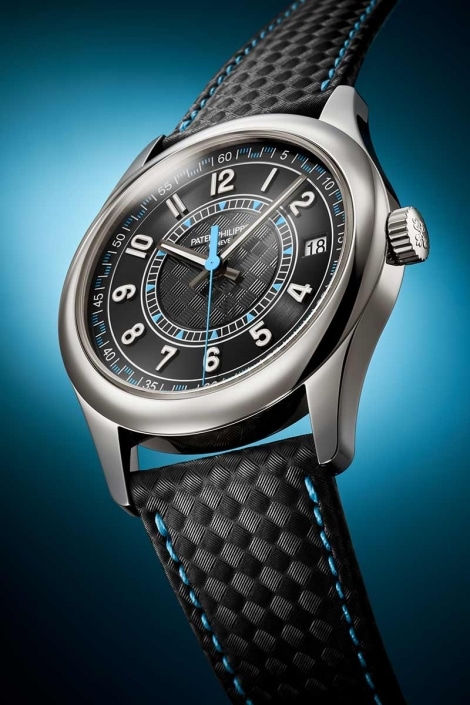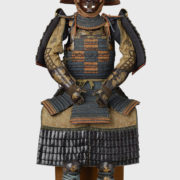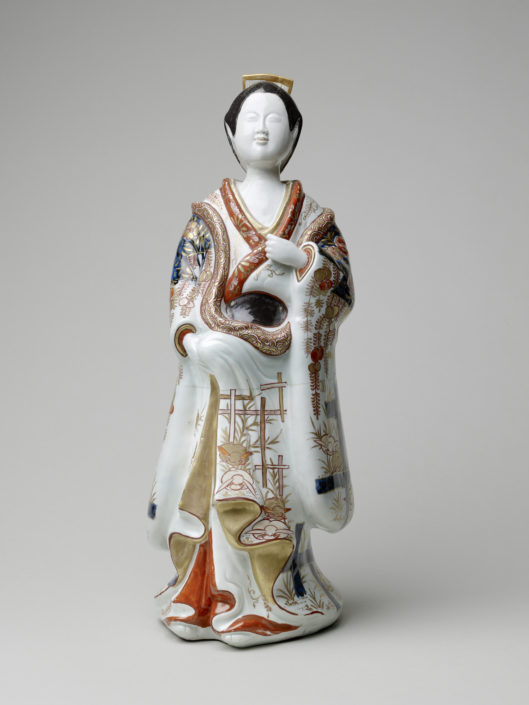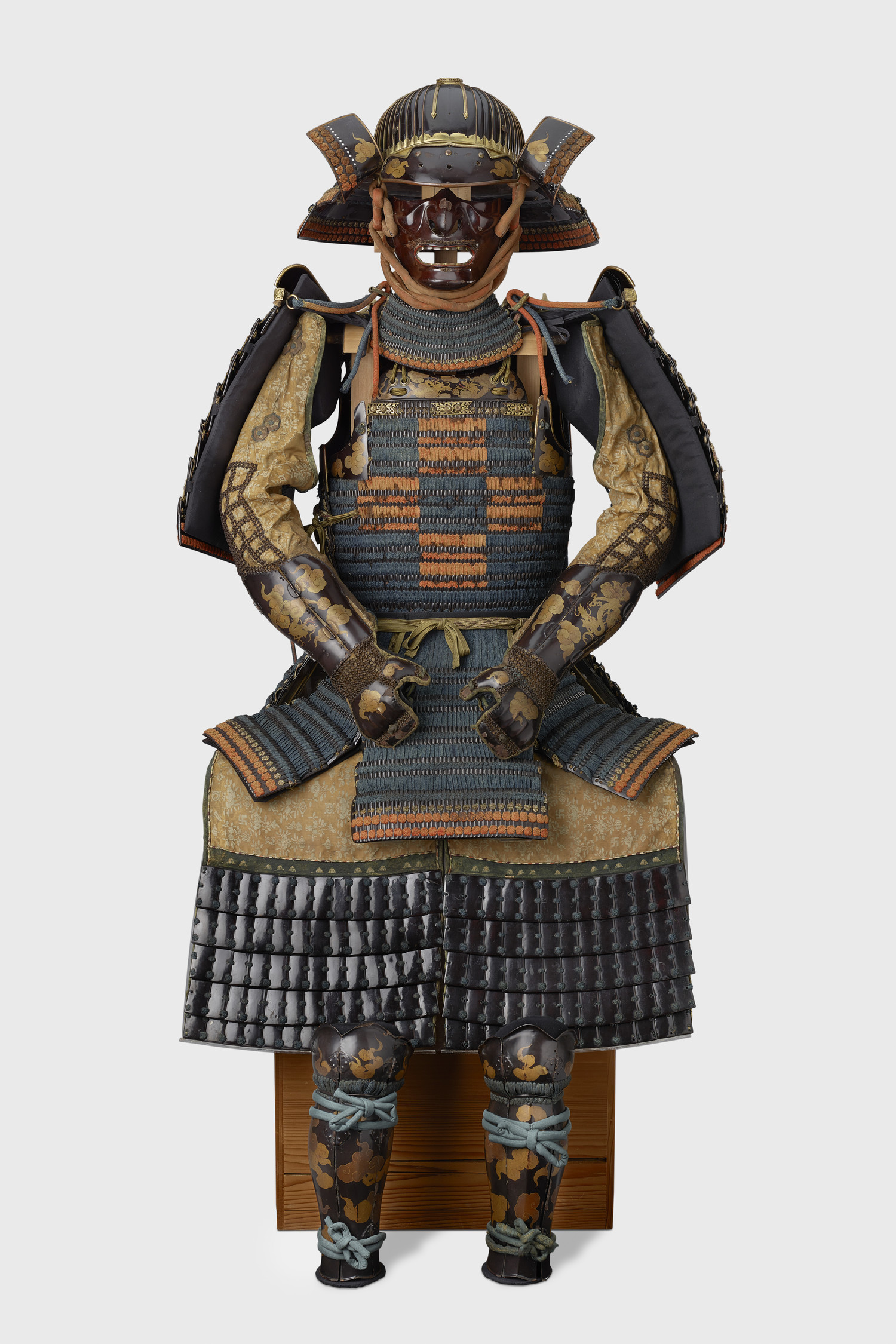Patek Philippe presents luxury timepieces in Watches and Wonders Geneva 2023
Patek Philippe presents 17 new watch models with innovative technical and aesthetic features, enriching its vast range of collections
On the occasion of Watches and Wonders 2023, the Geneva-based manufacture is unveiling a wide selection of new models, ranging from a Calatrava with an original 24-hour display and a Travel Time function for the display of a second time zone, to a new haute joaillerie version of the Grandmaster Chime, and the first Annual Calendar to enter the ladies’ Aquanaut Luce collection, renowned for its modern casual chic. A new vintage celebrating technical mastery and creativity.
“Why does Patek Philippe offer so many different collections? Because each of them has its own character and its own way of enabling us to innovate and express ourselves.” That was the message from Thierry Stern, president of the family-owned manufacture, in a recent communications campaign centering on the company’s brand philosophy. From the Grand Complications to the elegant sports models and others that have become icons of horological design, Patek Philippe maintains a vast choice of watches for men and women in every market segment. As time passes, the manufacture takes great care to ensure a balanced evolution of the approximately 150 references, which are crafted in small series, ranging from about ten pieces to a few hundred. The 17 new introductions presented at the Watches and Wonders 2023 salon are the perfect illustration.
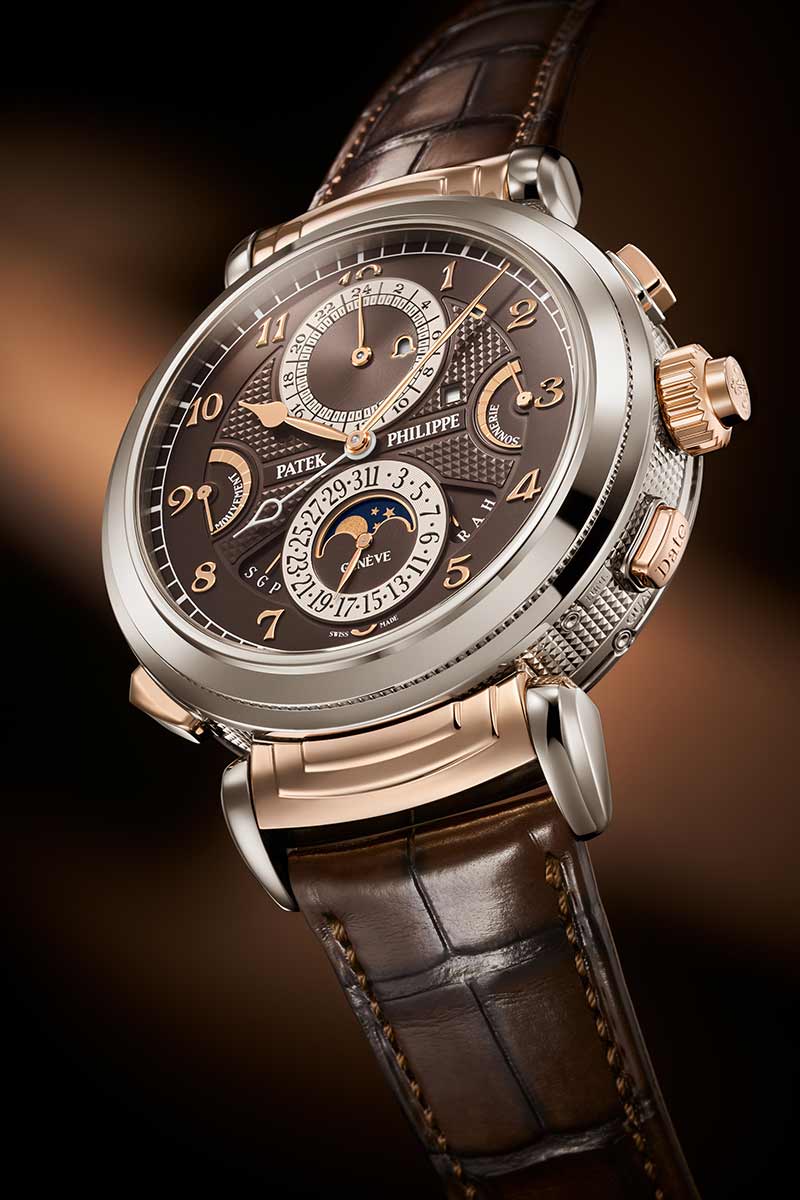
Five refined new looks for the striking watches –Grand Complications emblematic of Patek Philippe
Since the manufacture’s foundation in 1839, Patek Philippe has made its mark as one of the greatest specialists in striking watches. Its supreme mastery was confirmed in 2014 by the launch, as a limited edition, of the Patek Philippe Grandmaster Chime – the most complicated Patek Philippe wristwatch, with 20 complications. This timepiece, which joined the current collection in 2016, is particularly notable for its five chiming modes, including an alarm striking the pre-selected time, and a date repeater striking the date on demand.
The manufacture is reinterpreting the design of the double-face reversible case, endowed with a patented rotation mechanism, by presenting it for the first time in a bicolor version combining white gold and rose gold. This new Patek Philippe Grandmaster Chime Reference 6300GR-001 also stands out by its two brown opaline dials, with a hand-guilloched Clous de Paris or hobnail pattern on the side displaying the time of day, and its two-tone chestnut brown patinated alligator strap and bicolor folding buckle.
In 2022, Patek Philippe highlighted the mechanical perfection of the Grandmaster Chime with two gem- set versions, one with baguette-cut diamonds (Reference 6300/400G-001) the other with baguette-cut diamonds and baguette-cut blue sapphires (Reference 6300/401G-001). Now, the manufacture is presenting a new alliance between haute horlogerie and haute joaillerie with the Patek Philippe Grandmaster Chime Haute Joaillerie Reference 6300/403G-001 shimmering with 118 baguette-cut emeralds (7.87 ct) and 291 baguette-cut diamonds (20.54 ct) in a superb example of the “baguette” and “invisible” setting techniques. This timepiece is endowed with two dials in ebony-black opaline, with a hand-guilloched Clous de Paris or hobnail pattern on the time side and a shiny black alligator leather strap with emerald-green hand stitching.
Another outstanding piece among the striking watches, Reference 5316, launched in 2017, unites a minute repeater, a tourbillon, a perpetual calendar with retrograde date hand and a moon-phase indicator. In the Grand Complication Reference 5316/50P-001, Patek Philippe gives this timepiece a unique new modern allure –with a platinum case and a sapphire-crystal dial with blue metallization and black-gradient rim, affording a veiled glimpse of the mechanical heart of the watch.
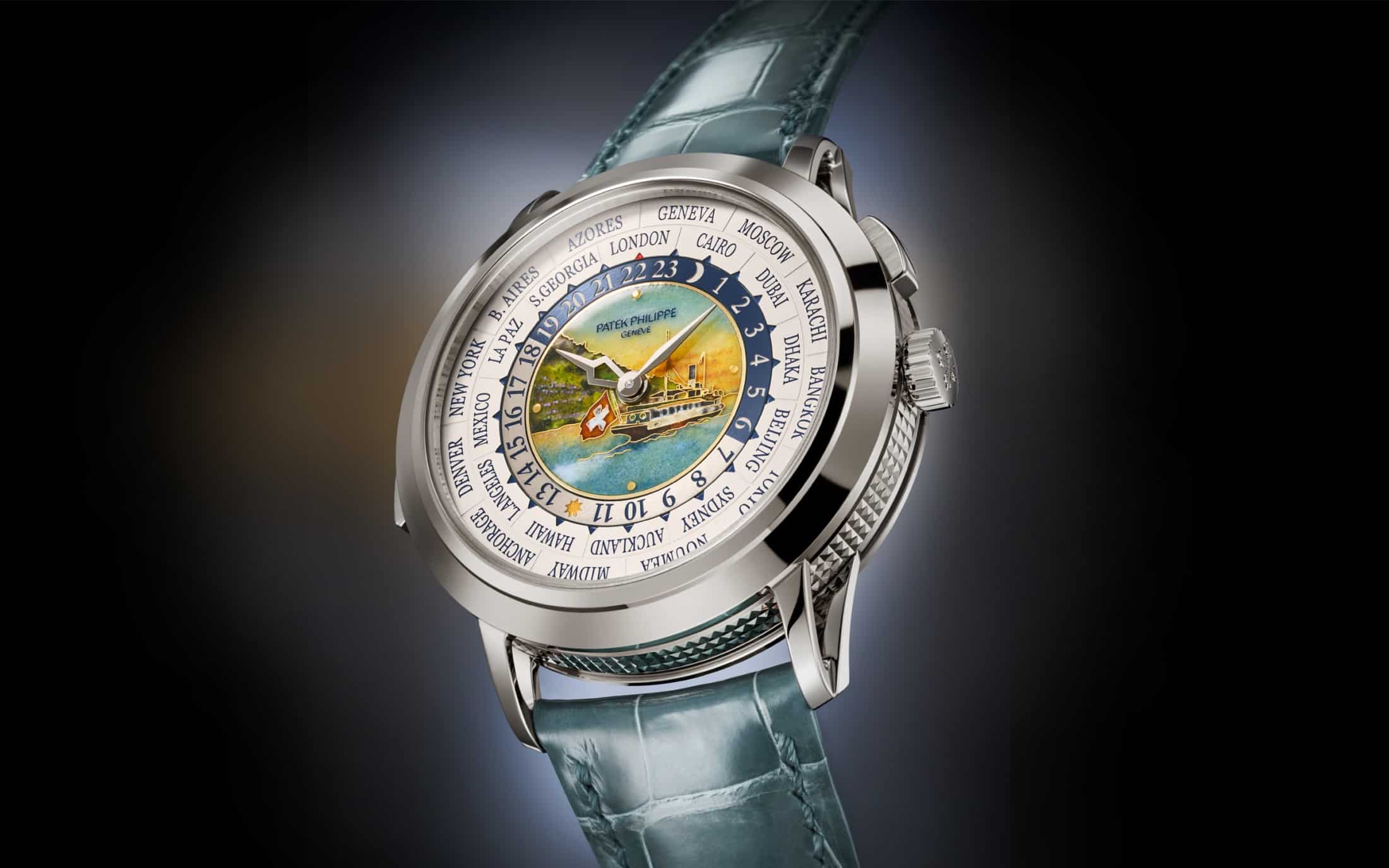
Rare Handcrafts World Time Minute Repeater Reference 5531G-001
The manufacture is also enriching its selection of minute-repeating wristwatches –the largest such range in a current collection –with two reinterpretations under the heading of Rare Handcrafts. Rare Handcrafts World Time Minute Repeater Reference 5531G-001 – the first minute repeater model that always strikes the local time –is also the first World Time Minute Repeater in white gold. Its dial center is adorned with a new Grand Feu cloisonné enamel scene depicting one of the famous steamboats still plying the waters of Lake Geneva. Another new model, Rare Handcrafts Minute Repeater Reference 5178G-012, is endowed with a self-winding movement and “cathedral” gongs whose sound is particularly deep and rich. It features a new dial in blue Grand Feu flinqué enamel over a distinctive hand-guilloched swirling pattern.
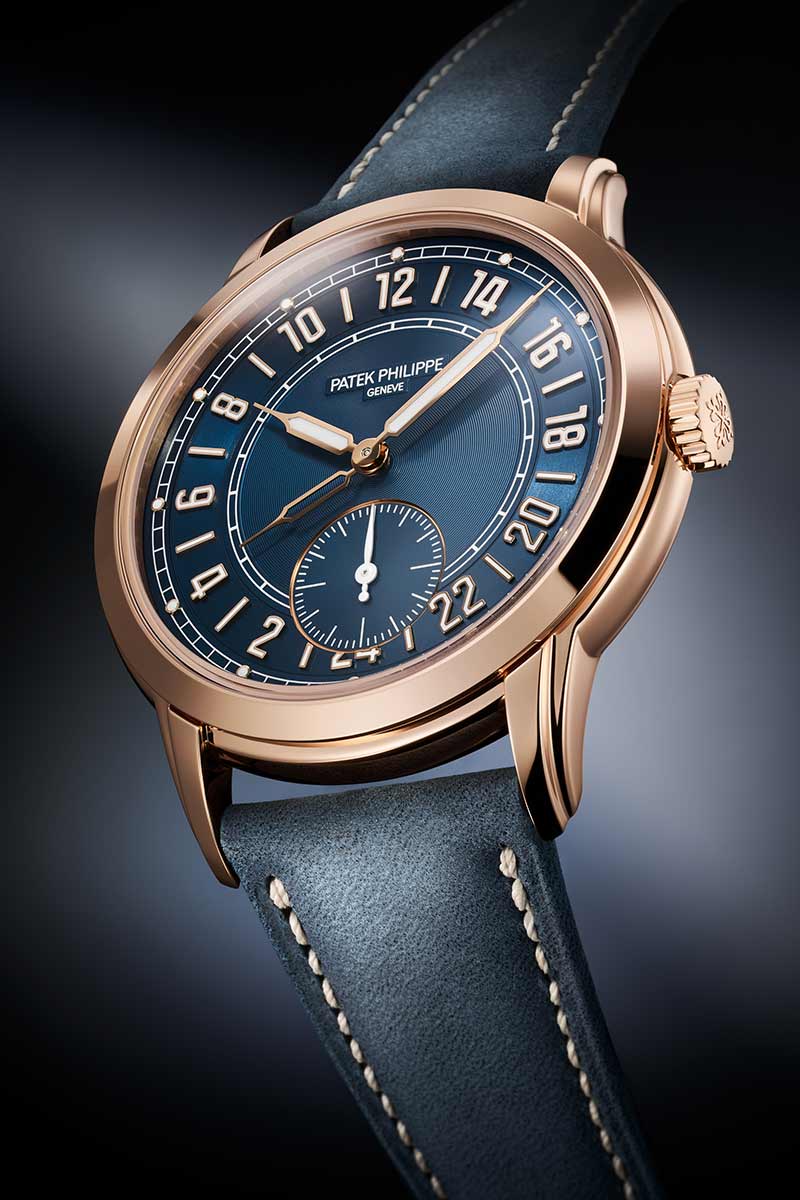
Calatrava Reference 5224R-001
A new complicated model and refreshed designs in the Calatrava collection
With its sleek round case and air of understatement, the Calatrava collection (launched in 1932) has made its mark as the archetype of timeless elegance. Over the years, Patek Philippe has added to this vast family a variety of complications used in everyday life, such as the Travel Time dual time zone function and the weekly calendar. The manufacture is now expanding its range of travel watches with the new Calatrava Reference 5224R-001 featuring the Travel Time dual time zone and an original 24- hour display. The new caliber 31-260 PS FUS 24H self-winding movement is further distinguished by its patented system for correcting local time by the crown. It is housed in a rose-gold case harmonizing with a blue dial embellished by complex finishing touches, adorned with numerals, hour markers and five-minute cabochons all in rose gold, individually applied by hand.
Since 2015, the models in the Pilot style – inspired by the Patek Philippe watches created for aviators in the 1930s – have featured prominently in the manufacture’s collections, with several versions of the Calatrava Pilot Travel Time with the dual time-zone mechanism, as well as a Grand Complication equipped with a 24-hour alarm. Patek Philippe is now endowing this distinctive line, known for its original, highly recognizable aesthetic, with its first two chronograph models: Calatrava Pilot Travel Time Chronograph Reference 5924G-001, with a blue-gray sunburst dial and a navy-blue grained calfskin strap; and the Calatrava Pilot Travel Time Chronograph Reference 5924G-010, with a lacquered dial in khaki green and an olive-green calfskin strap with a vintage finish. These two watches house the caliber CH 28-520 C FUS self-winding movement uniting three practical and user-friendly complications: a fly-back chronograph, a Travel Time dual time zone function and the date indicated by a hand, coupled with local time.
Other new models in the Patek Philippe current collection include the Calatrava references 6007G- 001, 6007G-010 and 6007G-011 featuring a graphic modern style. The ebony black dials, enriched with three types of finish, center an embossed “carbon” pattern. The dynamism of the design is heightened by touches of color on the dials and straps: yellow (6007G-001), red (6007G-010) or sky blue (6007G-011). The white-gold cases house the caliber 26-330 S C self-winding movement with date and stop-seconds function.
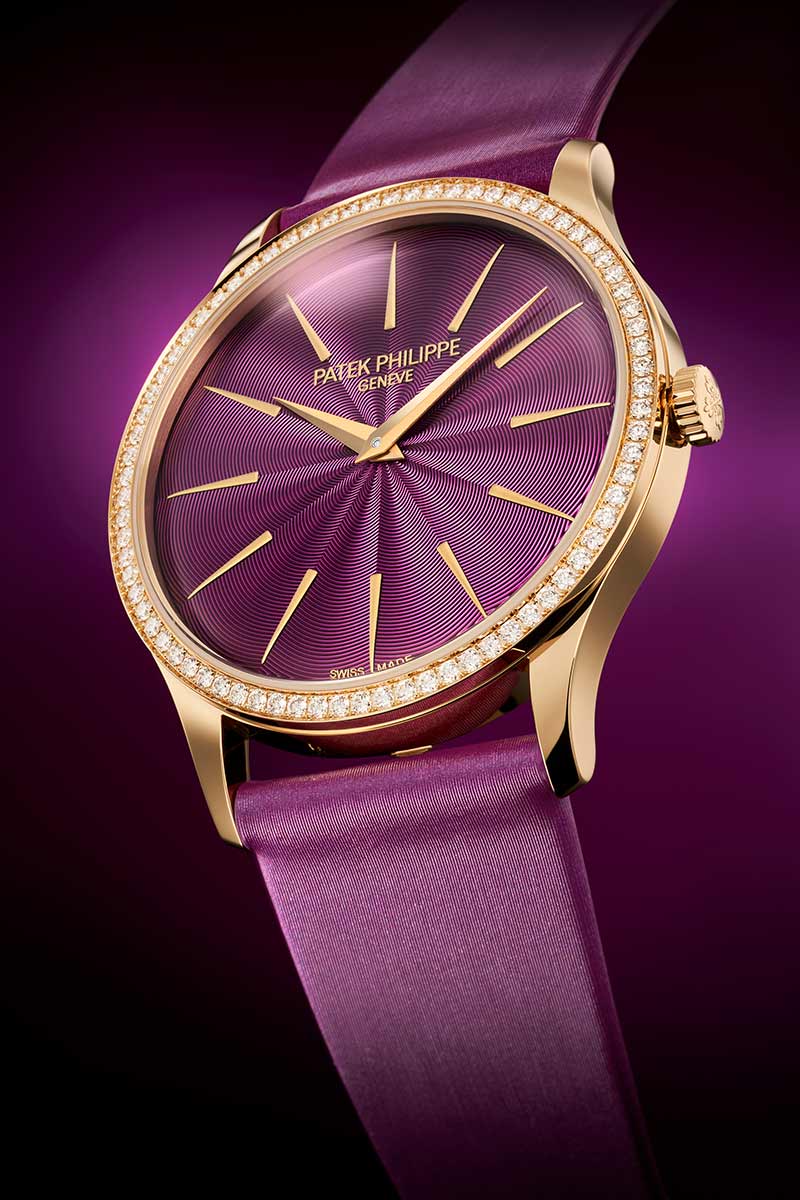
4997/200R – CALATRAVA
Patek Philippe is also expanding its range of elegant watches for women with the new Calatrava self- winding Reference 4997/200R-001, a reinterpretation of a great classic that catches the eye with a rose-gold case and a dial and strap decked out in purple. The dial, embossed with a pattern of concentric waves, is coated with more than fifty layers of translucent lacquer, creating a mesmerizing sense of depth. The case is adorned with a diamond-set bezel and houses the caliber 240 ultra-thin self-winding movement.
New functions and new faces for the Aquanaut and Aquanaut Luce
Patek Philippe made its mark in the domain of sporty elegance by designing two models that have acquired cult status: the Nautilus (1976) and the Aquanaut (1997), the latter strengthening its offer in 2004 with the launch of the ladies’ Aquanaut Luce line. Following the introduction of a Travel Time dual time-zone model in 2021 and a self-winding chronograph version in 2022, the Aquanaut Luce is now treating itself to a new practical and easy-to-use complication: the patented Annual Calendar. Graced with a blue-gray dial and strap, this Aquanaut Luce Annual Calendar Reference 5261R-001 in rose gold enhances the choice of complicated watches for women with a non-gemset model.
The new self-winding ladies’ Aquanaut Luce Reference 5268/200R-010 coordinates a rose-gold case with a dial and integrated strap in taupe –a warm hue between brown and gray in perfect harmony with this model’s “modern casual chic” style. Its characteristic rounded octagonal bezel is lit by the fire of 48 diamonds. The case is water resistant to 120 m and houses the caliber 26-330 S C self-winding movement with stop seconds.
The self-winding Aquanaut chronograph for men, already available in steel and in white gold, also sports a rose-gold case for the new Aquanaut Chronograph Reference 5968R-001, endowed with a sunburst dial in a gradient of brown to black, and a matching composite strap.
From technical models to jewelry pieces
In the segment of complicated watches for men, Self-winding Flyback Chronograph with Annual Calendar Reference 5905R-010 endowed with a rose-gold case and a blue sunburst dial lends a new face to this alliance between two sought-after Patek Philippe complications.
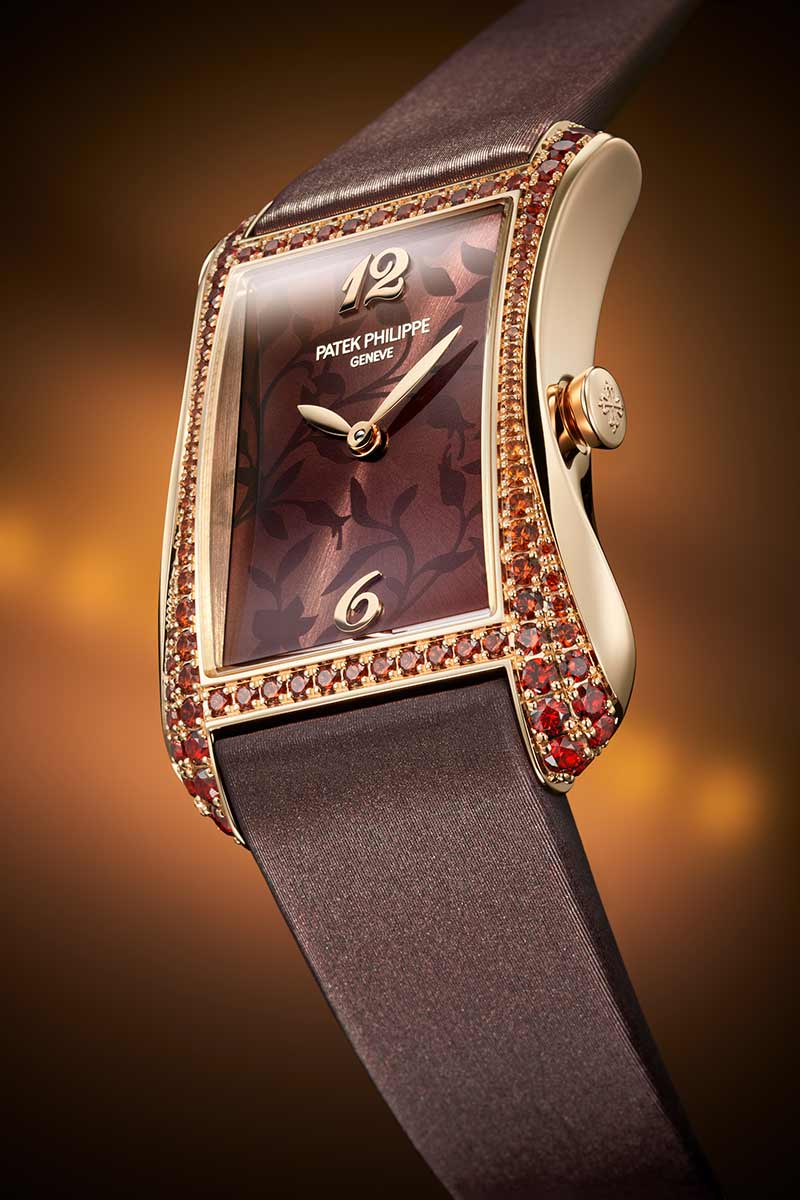
Gondolo Serata Reference 4962/200R-001
The Gondolo collection, comprising the Patek Philippe “form watches” of Art Deco inspiration, announces the return of a jewelry watch with unique style and timeless elegance. The Gondolo Serata Reference 4962/200R-001, in rose gold, is set with spessartites arranged in a double color gradient, highlighting the case’s refined curves. The brown-lacquered dial presents a floral decoration with contrasting finishes.
A rich collection of rare handcrafts
Once again, as in previous years, Patek Philippe is also unveiling a splendid collection of one-of-a-kind or limited-edition pieces (dome table clocks, table clocks, pocket watches and wristwatches) showcasing the rarest and most refined of the artistic crafts, such as miniature painting on enamel, Grand Feu cloisonné enameling, hand engraving and wood marquetry. The “Rare Handcrafts 2023” exhibition, bringing together these 67 creations, will be open to the public from April 1 to 15 2023 in the Patek Philippe Salons in Geneva.
